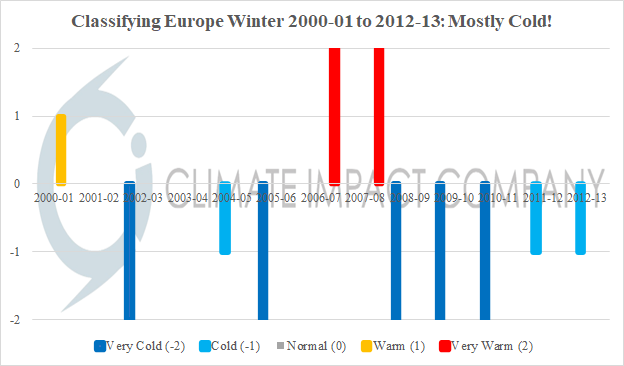
What Weather Pattern Makes a Cold Winter in Europe?
07/28/2022, 5:04 am EDT
If NEP22A/NEP22B Merge…Cold East U.S. November Likely
08/25/2022, 8:03 pm EDT
Fig. 1: CIC week-2 U.S. CDD forecasts for meteorological summer 2022 compared to observed and 30-year normal.
Discussion: Meteorological summer 2022 has been hot particularly in Texas/Oklahoma and much of the West plus the Mid-South and Northeast. However, consistent anomalous heat in the Chicago to New York City and Atlanta to Washington, DC stretch has been sufficiently intermittent to hold national weekly CDD count below expectations. Evidence is provided by the CIC week-2 U.S. CDD forecasts for June and July almost always forecast too high compared to verification (Fig. 1). This result is due to the hottest weather reluctance to attack the highest population areas of parts of the eastern U.S.
Preliminary investigation reveals soil moisture influence on operational models is weighing the forecasts too hot in the medium-range. If correct, this problem continues into August. NOAA indicates an incredible amount of rain needed to end U.S. drought (Fig. 2). A more reasonable soil moisture anomaly analysis reveals the dryness but also the wet zone from recent extreme rain from Missouri to Eastern Kentucky (Fig. 3). Speculated is that forecast models are, to a degree, initiated with drier soil conditions than actually present making areas that are not in drought too hot especially in the medium-range as short-term forecast errors increase with time.

Fig. 2: Rainfall required to eliminate dry negative phase Palmer Drought Severity index analysis which is overstated.

Fig. 3: Daily U.S. soil moisture anomalies more reasonably identify where soils are dry.
Consequently, CIC adds the too hot bias to the current 4-week outlook which indicates a hot month of August ahead but not as hot as previously indicated (Fig. 4). Regionally, the anomalous heat is most consistent in the Pacific region with heat spikes also projected for PJM and MISO next week (Fig. 5). SERC trends toward normal.

Fig. 4: Latest CIC 4-week U.S. CDD anomaly forecast compared to the previous forecast and past 4 weeks of verification.

Fig. 5: Selected regions and their CDD anomaly forecasts for the next 4 weeks.
![Climate-Impact-Company-logo-sm[1]](https://climateimpactcompany.com/wp-content/uploads/2023/08/Climate-Impact-Company-logo-sm1.png)